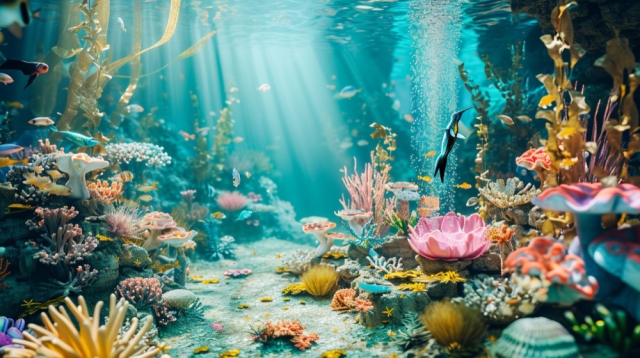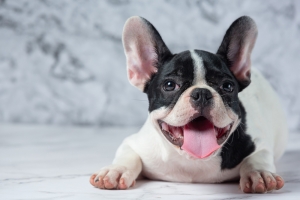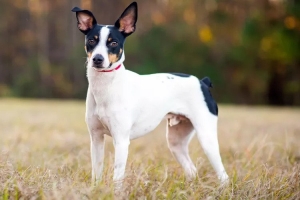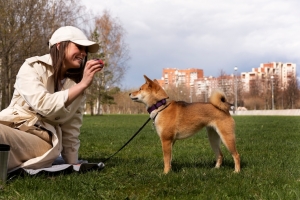SeaWorld Yas Island, Abu Dhabi is a marine life theme park with endearing animal interactions and thrilling theme park rides. It has one of the world’s best roller coaster rides: the Manta Coaster. The Manta Coaster gives you 17 airtime moments when the negative g-forces make you feel like you’re floating unfettered in the air, plus one iconic zero-gravity flip.
It’s also a water wonderland that makes learning about sea animals more accessible. SeaWorld Yas Island, Abu Dhabi has eight realms containing several marine animal habitats.
The habitats are unique because they have the same ambient temperatures, sea currents, and wave movements found in their resident animals’ natural environments. The theme park even uses advanced animal lighting systems (AALS) to simulate the daily and seasonal light cycles in these animals’ natural habitats.
Below are five of the animal habitats you can visit in SeaWorld Abu Dhabi:
1. Coconut Bay
Visit Coconut Bay to observe Atlantic bottlenose dolphins as they display their intellect and naturally playful behavior in a vibrant, tropical setting. Atlantic bottlenose dolphins (Tursiops truncates), also known as common bottlenose dolphins, are carnivorous mammals that can live up to 50 years, grow up to 14 feet, and weigh around 1,100 pounds.
Coconut Bay is in the Tropical Ocean realm. While there, catch the dolphin presentation. Just be there early, as seating is first-come, first-served. You’ll love the beautiful bond between dolphins and their human caregivers and see first-hand the intellect for which Atlantic bottlenose dolphins are known.
2. Flamingo Point
Flamingo Point is a fantastic habitat for the cacophonous crimson Caribbean flamingos, also known as American flamingos. One of the largest species of flamingos, they can grow up to 57 inches, weigh up to 6.6 lbs and live for up to 50 years.
Caribbean flamingos (Phoenicopterus ruber) are omnivorous, wading birds with pink legs, black-edged pink beaks, and bright pink feathers. They are tall and have large bodies, elongated necks, and distinctly small heads.
You’ll love seeing a Caribbean flamingo feed. It drops its head, submerging its curved beak in the water — its bill pointing towards its feet — then moves its head from side to side while using its tongue to pump water (and the algae, shrimp, seeds, and small crustaceans it contains) into its mouth.
Caribbean flamingos thrive in tropical and temperate climates like the Atlantic bottlenose dolphins. Find them in the Tropical Ocean realm.
3. Juhani Village
Juhani Village is an icy walrus habitat. Walruses (Odobenus rosmarus) are a vulnerable species of pinnipeds, a suborder of carnivorous mammals that “walk” on their hind flippers. They are thus relatives of other flipper-footed mammals, such as seals and sea lions.
The term Odobenus combines the Greek words odōn, which means “teeth,” and bainein, which means “to walk.” Rosmarus, meanwhile, apparently means horse of the sea. Therefore, walruses are “tooth-walking seahorses,” with the tooth-walking part an apparent reference to their tendency to pull their bodies up and out of the water and onto the ice using their long tusks – i.e., their upper canine teeth.
Walruses can live up to 40 years, grow up to 11.5 feet, and weigh up to 1.5 tons. You’ll find Juhani Village in the Arctic realm.
4. Macaw Habitat
Macaws are birds with brightly colored feathers, long tails, and bare, unplumed faces. Their colors vary greatly: red, blue, turquoise, yellow, indigo, and many other shades and hues. They’re members of the Psittacidae family – that’s the parrot family– and there are at least 17 macaw species, including Ara nobilis, Anodorhynchus hyacinthinus (hyacinth macaw), Cyanopsitta spixii (little blue macaw), and Propyrrhura maracana (blue-winged macaw).
At SeaWorld Yas Island, you’ll find colorful and lively macaws in Tropical Ocean.
5. Puffin Habitat
Puffins are intelligent fish-hunting seabirds. Atlantic puffins (Fratercula arctica), in particular, look like penguins, with their black feathers, white breasts, black plumage on top of their heads, and pale faces. However, they’re called sea parrots because they have this strikingly colorful beak, which very interestingly turns drab gray in winter but regains its brilliant shade in spring. Trivia: A puffin’s beak glows under a black light.
Puffins are pelagic hunters; i.e., they hunt for prey in the open sea. They fly, of course, but they can actually rest on the waves. They can go fully under – after all, they dive for fish. They swim with their wings, using the same flying motions in the water that they use in the air. However, they typically stay under for half a minute.
Puffins are vulnerable to extinction. They thrive in the Arctic region but migrate to warmer climes in the winter. You can see and learn more about puffins in the Arctic at SeaWorld in Yas Island.
SeaWorld Yas Island, Abu Dhabi: Theme Park on a Mission
SeaWorld Yas Island is more than just a theme park with exciting rides.
By recreating natural animal habitats and providing family-friendly and interactive experiences it helps increase awareness of sea animals and marine conservation issues.






